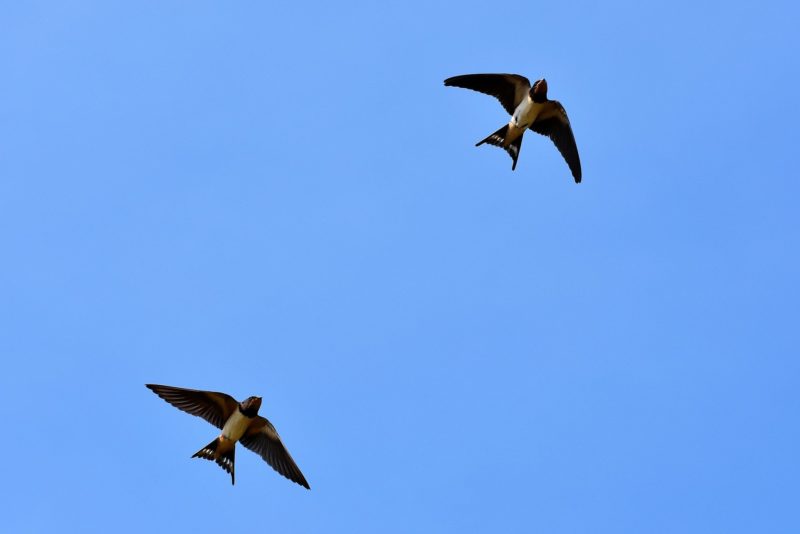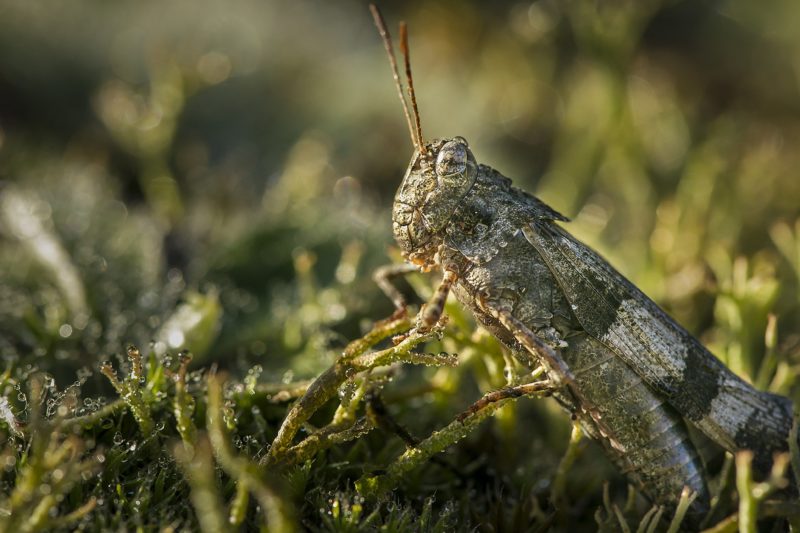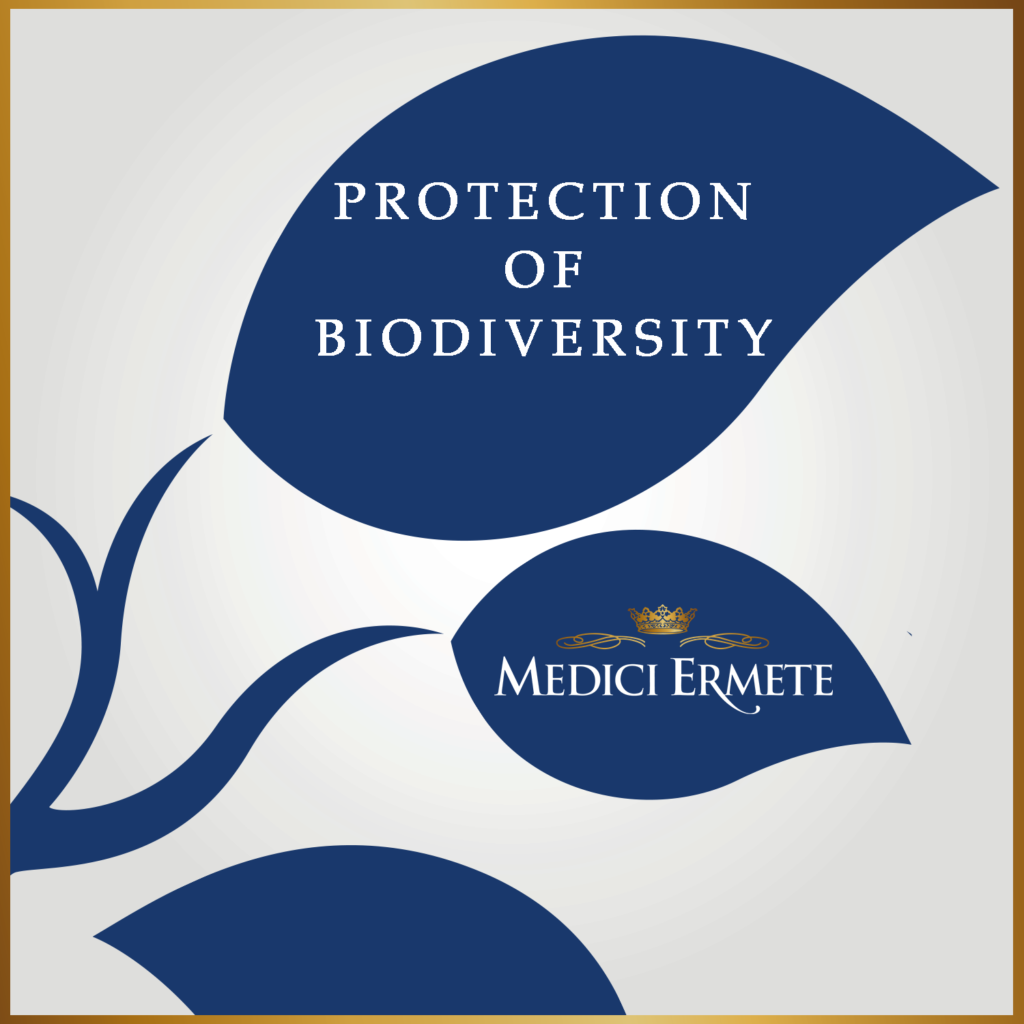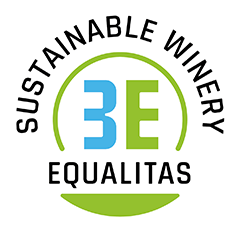Conventional agriculture, which, as we have already seen in previous articles, involves the use of synthetic fertilizers, pesticides and pesticides, has been one of the main factors responsible for reducing biodiversity.

What are we talking about when we use the word biodiversity?
Biodiversity can be defined as the variety of organisms at all levels, from that of the genetic variants of single individuals of a species, to that relating to the differences between different species. It also includes ecosystem diversity, that is, the variety of the different ecosystems present in a given territory.
Biodiversity coincides with the variety and genetic richness of plant and animal species, especially microfauna, which are essential for promoting processes such as pollination and maintaining the functional state of the soil. Greater species richness in a habitat gives crops better adaptability and resilience to environmental stresses.
Obviously, if the crops are more autonomous and resistant, less agricultural interventions and practices are required.
In this regard, research conducted by the Royal Society shows how, compared to land cultivated with conventional methods, in organic soils it is possible to detect a double number of plant species, up to 50% more arachnids, 60% more birdlife. and 75% more bats.
How does Medici Ermete fit into the protection of biodiversity?
Medici Ermete plans to adapt to the Equalitas standard in terms of approach to sustainability. Equalitas is a company made up of some of the most important representatives of the wine sector in the sector: Valoritalia, Unione Italiana Vini, Gambero Rosso and other protagonists united by the same approach to sustainability.
Within the standard there are 3 fundamental pillars:
- cheap
- social
- environmental

The protection of biodiversity is part of this last pillar. Medici Ermete will be required to measure its level of biodiversity in water, air and soil at least every two years. The measurements carried out for homogeneous areas from the pedological and cultural point of view will be considered valid, therefore not necessarily in each vineyard.
The biodiversity indices are assessed as follows:
- soil biodiversity index on the vineyard surface;
- aquatic biodiversity index over the entire farm area;
- lichen biodiversity index over the entire farm area.
- The process of adapting to the standard is a census process that requires a fairly long period of time, but we are determined to take this further step towards greater sustainable awareness.
Do you want to stay informed on our sustainability-themed news? Are you interested in knowing what steps we are taking and which ones we have already completed?



